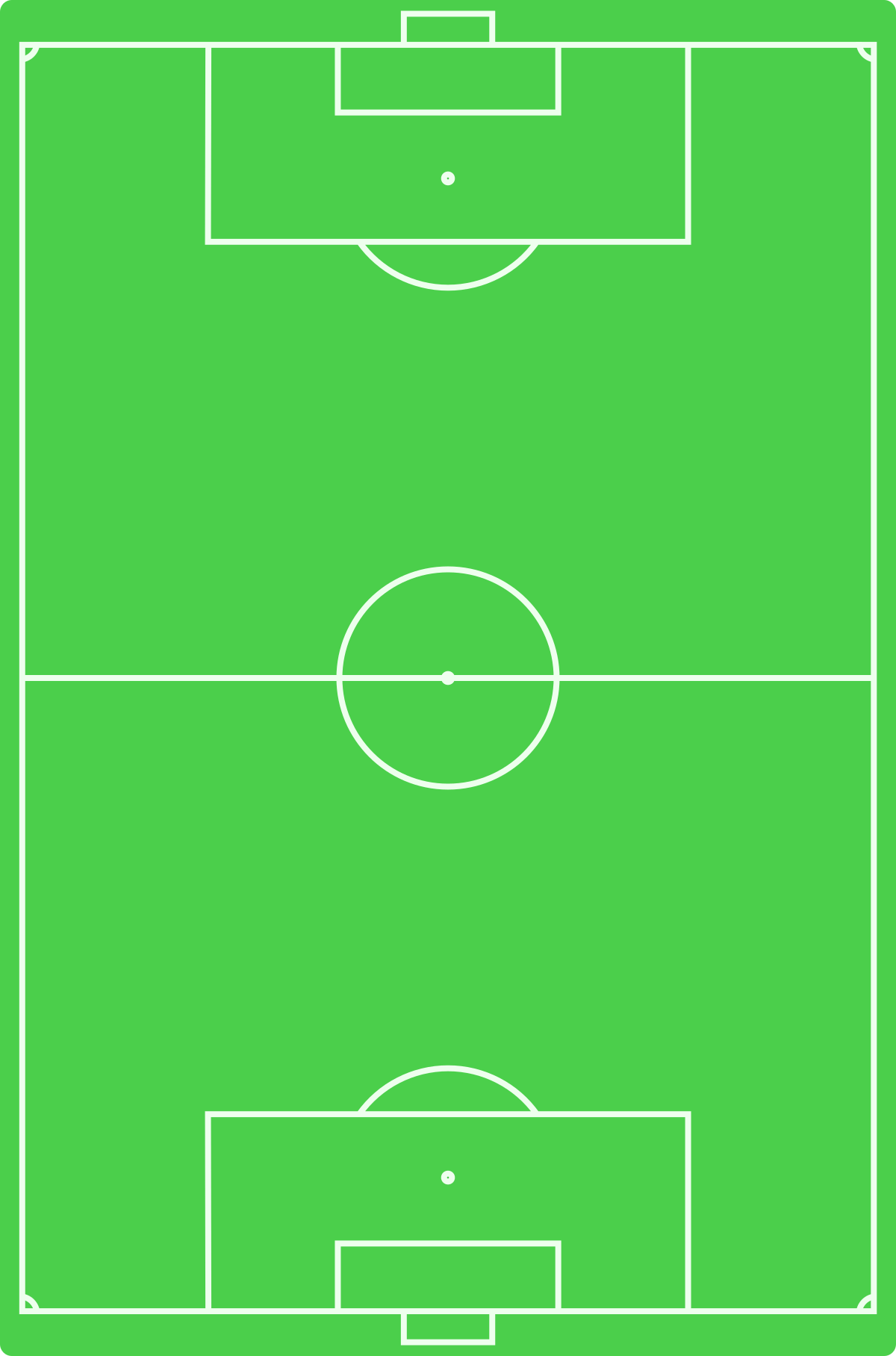Kia Ora
Today's blog is relating to our art class, in this week's art class we had worked around information about Henri Rousseau, and we worked around some of his paintings. This week for our art classes we were given the instructions to name the different parts of the painting. And yes paintings do have specific parts, such as Foreground, background, Middleground, and repetition.
Foreground- the image that is close to you
Background- the information you see that is the furthest away in an art image
Repetition- Reapted use of the image of, shape, or color.
The Middle ground- The Area between the foreground and the back
Here is the work I did that I have related to the different grounds here






























